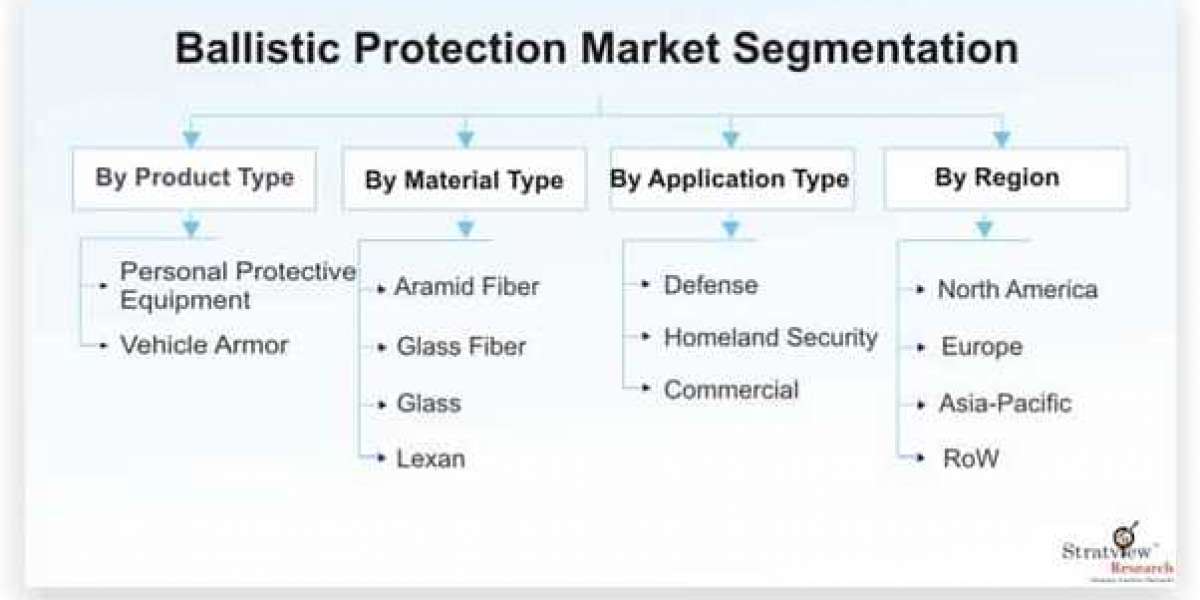Market Insights
The ballistic protection market offers a good growth opportunity and is likely to grow at 4% CAGR during the forecast period of 2020 to 2025. Increasing government spending in strengthening the defense sector, increasing conflicts between countries, and rising terrorist extremist activities are some of the major factors driving the demand of ballistic protection globally.
Market Segments’ Analysis
The market is segmented into two categories; Personal Protective Equipment and Vehicle Armor. Personal protective equipment is further segmented into three categories namely soft armor, hard armor, and protective headgear. Soft armor is expected to experience the fastest growth over the next five years, driven by increasing demand from defense and law enforcement forces. The government of many countries prefers soft armor that does not have technical challenges including weight. Major soft armor-producing companies are developing advanced soft armor which is lightweight, durable, and more comfortable to the soldiers and law enforcement forces. This supplements companies in winning contracts and gaining a competitive advantage over competitors.
The defense sector is likely to remain the largest application in the ballistic protection market during the forecast period driven by high focus of many governments in strengthening their defense sector due to rising conflicts between countries and with terrorism. Major developed economies, such the US, the UK and France keep on doing RD for the development of advanced ballistic protection equipment for their soldiers, vehicles, and law enforcement forces whereas major developing economies are generating healthy demand of ballistic protection equipment. For instance, Indian government is on the process of procuring 186 thousands bullet proof jackets for their soldiers.
Aramid fiber is expected to remain the largest material type in the ballistic protection market during the forecast period. Kevlar of DuPont and Twaron of Tejin are the world’s most recognized brands in the ballistic protection market and are extensively used in most of the major applications, such as body armor, helmets, vehicle armor, and tactical vests.
North America is expected to remain the largest ballistic protection market during the forecast period. High defense spending by the US government, involvement of US military in middle east regions, such as Syria and Iraq, and increasing concern over terror attacks are some of the major drivers of the North American ballistic protection market.
Asia-Pacific is expected to exhibit the fastest growth over the next five years, driven by mainly China and India. China and India, both are strengthening their defense system by continuously increasing government spending. Both countries are investing heavily on procuring/building advanced weapons and better ballistic protection equipment for their soldiers and law enforcement security forces. The hostile relation between some countries in Asia, such as India, Pakistan, China, and Korea is the major reason behind the high investment on ballistic protection equipment in Asia-Pacific region.
The Ballistic Protection Market is segmented by–
- Application Type
- Material Type
- Product Type
- Region
Custom Research:
Stratview Research studies and reports on a number of industries across the globe. The clients rely on the information and data provided by Stratview Research to stay ahead of the pack and update themselves with the current and future trends affecting the industries. With this report on Ballistic Protection Market, Stratview research also offers custom research services across sectors. In case of any custom research requirement related to market assessment, competitive benchmarking, sourcing and procurement, target screening, and others, please send your inquiry to [email protected].



